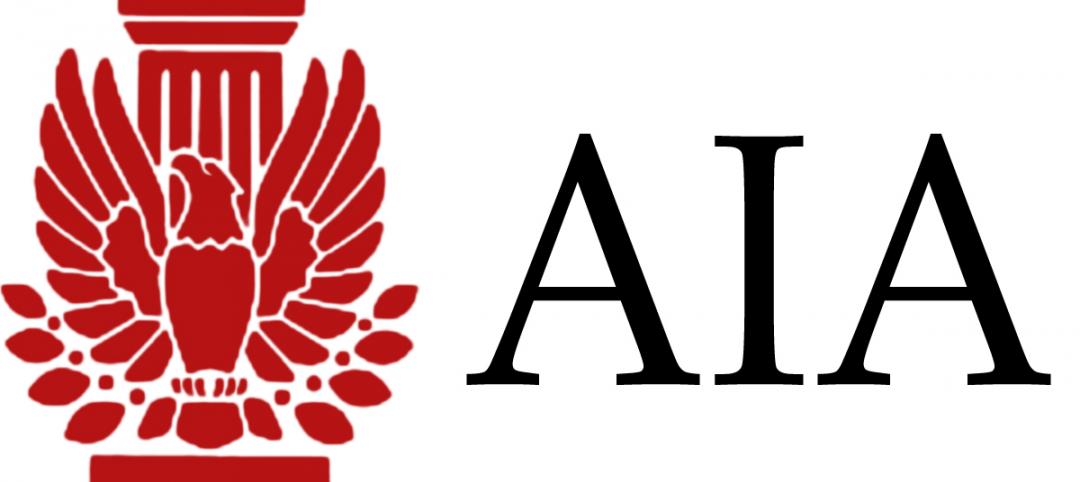Projects are being impacted by industry challenges as well as other macro-level forces at a pace not seen before. While the market conditions may be extraordinary, one thing remains true: A late project impacts revenue and production as well as commitments made to your key customers.
The good news is, setting realistic expectations for both your internal team and the team you hire to manage and build your project will help you avoid common pitfalls so you can experience a better, more predictable outcome.
Here are three characteristics of effective owner project planning:
1. Plan Project Success with Your Internal Team First
Before you engage a designer and contractor, know what you need and where you can (and can't) compromise. Think of it as a pre-plan. Start by defining your specific short-term business needs and your long-term goals. Delaying or skipping this pre-plan process can lead to less flexibility in your decision-making down the road.
Keep in mind that your needs and the order you prioritize them can look very different from project to project. For many clients, avoiding unplanned shutdowns is critical, while for others, cost of schedule (COS) is a driving factor: It defines the daily cost, typically in dollars, for every day the job is not complete.
There are a number of other factors that drive decision making, and a great place to turn for insight is your internal stakeholders who are directly or indirectly impacted by the project; some key areas to plan for might include:
- Environmental, health and safety measures include identifying prequalified contractors and subs who meet your safety requirements.
- Quality control when installing specialized equipment and MEP systems to industry specifications. This could also include the reduction of airborne contamination when working in adjacent areas such as CGMP spaces.
- Coordination of owner-purchased, contractor-installed equipment.
- Planning and communication for shutdowns and tie-ins so interruptions are planned, including an appropriate sign-off process from all impacted parties.
- Ability of the team to test, commission and validate installed systems.
Another critical part of the process is contingency planning. Inevitably, challenges or delays will occur. Establish cost and schedule contingencies to avoid disappointment, especially with external forces like COVID-19, labor shortages, supply chain delays, fluctuating prices, delayed quotes and cost increases on delayed projects that come back online. Keep your design and construction experts on speed dial; reach out to them early and often about market conditions, potential project risks and expectations.
Be careful not to get completely wrapped up in things you can’t control. Take time also to define successes and the key priorities by which these will be measured. Internal and external factors developed from the examples above can help, along with other points like contractor turnover date, design aesthetics, budget and diverse spending. With your definition for success and priorities in hand, work backward to list them from most to least important.
2. Select the Appropriate Contract Delivery Method
Decide which contract delivery method best aligns with your needs and top priorities; this could be design-build, CM-R, design-bid-build, IPD or EPC. Schedule and project design complexity, desire for cost transparency and the ebb and flow of market conditions should all be considered in selecting the appropriate contract delivery method.
Evaluating the inherent strengths and weaknesses of the delivery methods against the project goals is an essential step. Still, it is important to know there is no “go-to” delivery method that fits every owner or every project. Keep an open mind on which delivery method works best and be willing to embrace change.
3. Define Project Goals, Measures and Accountability
Once you select a project team (designer, contractor or design-builder), communicate your goals and needs in writing and create metrics to measure progress. One way to do this is to clearly define your conditions for success. Work with the project team to develop mutually agreeable metrics that align with your project priorities. Monitoring weekly progress will keep tasks on schedule and your priorities at the forefront during construction.
Encourage the project team to quickly voice any concerns before they become significant issues. Establishing an open line of communication between the internal team, designer and contractor provide a “working together” mindset to set the stage for success: When a team has discussions upfront, the project runs smoother, there are fewer changes and unknown costs and there is a better outcome for all in the end.
Describing the objectives of the finished project and the business value the project will achieve makes it crystal clear to all on the team what each member is striving toward. Measuring progress regularly enforces accountability. Specific project metrics will differ for each job, but you can determine an agreeable process for everyone to follow by effectively communicating with the project team.
A successful building project begins well before groundbreaking or moving equipment. It starts from within: within your internal team building consensus on why you are making this investment, within the process to select the best contract method that aligns with your definition of success and within the project team knowing that everyone is walking the same path to that success.
Related Stories
| Jul 17, 2012
AIA and Architecture for Humanity select Disaster Response Grant recipients
Awards help each group implement their locally driven preparedness project in the second half of the year.
| Jul 17, 2012
KM/Plaza changes name to Plaza Construction
Lands new projects including the Perry South Beach Hotel and Dadeland Mall Kendall Wing Expansion.
| Jul 17, 2012
KBE Building awarded Platinum STEP Award
STEP program provides analysis of safety and loss prevention programs, measure safety program improvements, and provide performance recognition.
| Jul 17, 2012
Dr. Phillips Charities Headquarters Building receives LEED Silver
The building incorporates sustainable design features, environmentally-friendly building products, energy efficient systems, and environmentally sensitive construction practices.
| Jul 16, 2012
BD+C Under 40 Leadership Summit scheduled
Attendee registration for U40 Summit II now open.
| Jul 16, 2012
Construction spending at 2 ½ year peak
Construction economist Ken Simonson says that four private nonresidential categories each posted 12-month spending increases of more than 25%: power and energy construction, 35%; hotels, 29%; educational and manufacturing, 27% apiece.
| Jul 16, 2012
Reed Construction hires new project manager
Fread is a LEED AP and received his degree from Purdue University.
| Jul 16, 2012
Business school goes for maximum vision, transparency, and safety with fire rated glass
Architects were able to create a 2-hour exit enclosure/stairwell that provided vision and maximum fire safety using fire rated glazing that seamlessly matched the look of other non-rated glazing systems.
| Jul 12, 2012
New firm RSK Avanti Partners offers market development services
Full-service consulting firm is focused on working with product manufacturers, designers, specifies and contractors in the building construction market.
| Jul 12, 2012
Chicago Public Schools names Lend Lease team as construction manager
Under this Capital Improvement Program, the Lend Lease team will be responsible for renovation and life safety work at over 100 Chicago Public Schools across the City.

















